Linda Williams, forest health specialist, Woodruff, Linda.Williams@wisconsin.gov, 920-360-0665
Trees in the red oak group (those with points on their leaves) that were infected with the oak wilt fungus this spring will rapidly drop their leaves from July to September and be dead by fall. This wilting and dropping of the green leaves happens quickly. Once it starts, the tree will drop most of its leaves within just a few weeks.
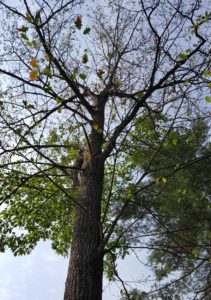
Tree dying from oak wilt with rapidly dropping leaves. The tree was injured in May, attracting the beetles that help spread the fungus, and the tree was dead by the end of the year. Photo was taken in August.
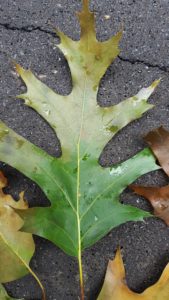
Red oak leaf from infected tree. Leaves are often green at the base, with the outer portions of the leaf appearing water-soaked or brownish.

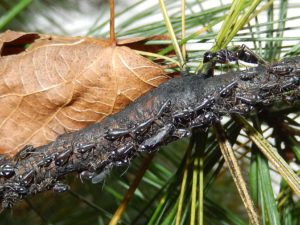
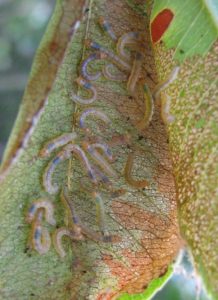

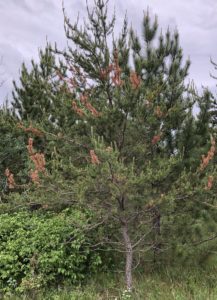
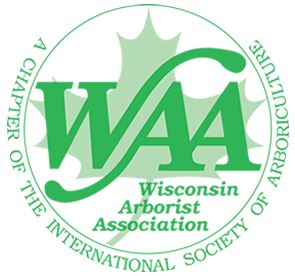 Join the WAA (Wisconsin Arborist Association) for their summer conference and picnic at the Green Lake Conference Center in Green Lake on Tuesday, July 16th. The program committee has put together another excellent lineup for this event. They are offering two educational tracks, one indoors and one outdoors- a little something for everyone.
Join the WAA (Wisconsin Arborist Association) for their summer conference and picnic at the Green Lake Conference Center in Green Lake on Tuesday, July 16th. The program committee has put together another excellent lineup for this event. They are offering two educational tracks, one indoors and one outdoors- a little something for everyone.
